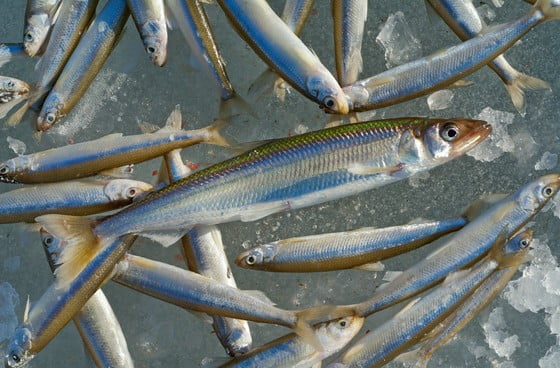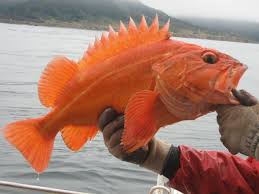Lake Michigan fisheries management strategies for 2018-2020 highlight partnerships to enhance fishing for salmon and trout

MADISON — Fish stocking trucks are starting to deliver the first trout and salmon for Lake Michigan under a new stocking plan that seeks to sustain diverse fishing opportunities and expand partnerships to make sure more stocked fish survive to catchable size and wind up on Wisconsin anglers’ lines.
The plan, developed over more than two years of discussion and input from more than 500 anglers, business owners and other stakeholders, calls for stocking Skamania steelhead for the first time in a decade, stocking larger salmon and trout that survive better, and expanding efforts with fishing clubs to place stocked fish in pens in Lake Michigan to get acclimatized and grow bigger before they’re released.
The plan also calls for DNR to contract with private fish farms to help meet stocking needs, and enhance data sharing with sport and charter anglers to continue improving the information DNR uses to make proactive and innovative management decisions.
“Our Wisconsin waters of Lake Michigan not only have world class fisheries, they have world class anglers, businesses, stakeholder groups, and communities committed to keeping the Lake Michigan fishery strong,” says Department of Natural Resources Secretary Dan Meyer.
“With their input, expertise, and discussion, we’ve created a collaborative plan that embraces partnerships to enhance fishing opportunities and success for all anglers, while sustaining a healthy Lake Michigan fisheries community.”

DNR’s 2018-2020 plan calls for stocking levels similar to 2017’s and remains within the guidance recommended by the Lake Michigan Committee, which is composed of state and tribal agencies on Lake Michigan, says Brad Eggold, DNR Great Lakes District fisheries supervisor.
“We’re cognizant of the complex interaction within the prey base,” Eggold said. “Our plan stays within Lake Michigan Committee guidelines but also maximizes the bang we get for our investment. We include innovative approaches and partnerships to make sure we are maximizing the survivability of the fish stocked and anglers’ success in catching them.”
Chinook salmon stocking numbers remain consistent at about 810,000 fish total a year, recognizing the popularity of this fish and that angler catch rates are highest for chinook. Eight Lake Michigan stocking sites will get more fish (1,800 to 4,200 fish per year) under a reallocation of 25,000 fish from Marinette and Strawberry Creek. Marinette will get 20,000 more brown trout per year, to offset the chinook reallocation.
The annual lake-wide brown trout stocking target will increase from 356,000 to 376,000 and coho salmon stocking will focus on larger yearlings versus smaller fingerlings for stocking. The number of yearling fish stocked is targeted to increase over previous years, with a target of 400,000 yearlings stocked annually. Wisconsin research indicates that coho stocked as yearlings are nearly twice as likely to be caught by anglers than coho stocked as fingerlings.
Steelhead stocking targets will increase from 300,000 to 350,000, and lake trout targets will continue to be evaluated, but will remain 300,000 per year for now. DNR partnered with Indiana to bring Skamania steelhead to Wisconsin hatcheries, which will be stocked into Lake Michigan in 2018, and the additional steelhead stocking is expected to occur under a new collaboration with the private aquaculture industry. DNR is developing a Request for Proposals to solicit private aquaculture interests to raise steelhead to supplement DNR stocking into Lake Michigan beginning in 2019.
In addition, the DNR fisheries bureau is: expanding the salmon and trout net pen projects to maximize survivability of stocked fish; committing to working with Sea Grant in collecting additional information from charter and commercial fishers to better inform future management strategies; enhancing outreach and communication by more actively engaging stakeholders in communication initiatives; and exploring enhanced electronic reporting options that will increase the efficiency and accuracy of fishing report data.
Eggold says that DNR staff greatly appreciate the continued involvement, expertise, and collaborative efforts of all Lake Michigan stakeholders. “We will continue to seek creative, constructive, and diverse input to inform management strategies to maintain diverse and sustainable fishing opportunities for current and future sport, commercial and charter anglers.”

